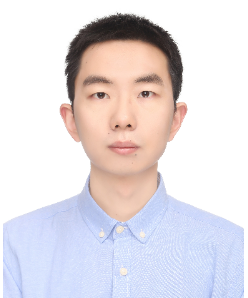Comparison Study of Three Camera Calibration Methods Considering the Calibration Board Quality and 3D Measurement Accuracy
点击次数:
DOI码:10.1007/s11340-022-00905-y
发表刊物:Experimental Mechanics
摘要:Background
Camera calibration is a key process in optical deformation measurement techniques, like close-range photogrammetry and digital image correlation (DIC). Traditionally, an expensive calibration board with precisely machined feature points is employed in camera calibration. Low-precision calibration boards will lead to unstable camera parameters and worse length measurement accuracy (the relative measurement accuracy high than 0.1%).
Objective
To introduce camera calibration methods capable of achieving high measurement accuracy even with low-precision calibration boards, and give practices guide on selecting suitable calibration methods and judging calibration results.
Methods
Three calibration methods are introduced and discussed. In the iterative board-points method, all the feature points on the calibration board are flexible. The coordinates of all the feature points and camera parameters are iteratively updated and solved simultaneously. In the fixing 3-points method, three feature points on the calibration boards are selected and the distances between them are measured precisely; the locations of these points are fixed in the optimization process. Both the simulation experiments and the real experiments were carried out to study the performance of the three calibration methods.
Results
Experimental results showed that both the iterative board-points method and the fixing 3-points method can effectively improve the accuracy of calculated camera parameters. Compared with the iterative board-points method, the fixing 3-points method restores the calibration board more precisely, as well as showing improved reproducibility and higher measurement accuracy. The relative accuracy of 3D distance measurement is also increased from 0.1% to 0.01 %, even using a low-precision paper calibration board.
Conclusions
High measurement accuracy can be obtained using the fixing 3-points calibration method, even with a low-precision calibration board. This will decrease the cost and expand the application of optical measurement, especially in large structure deformation measurement.
合写作者:Zeqian Lv,Jiangcheng Zhao,Zheng Fang,Yong Su
第一作者:Yang Liu
论文类型:期刊论文
通讯作者:Qingchuan Zhang,Zeren Gao
文献类型:J
卷号:63
页面范围:289–307
是否译文:否
发表时间:2023-02-01
收录刊物:SCI
发布期刊链接:
https://link.springer.com/article/10.1007/s11340-022-00905-y
